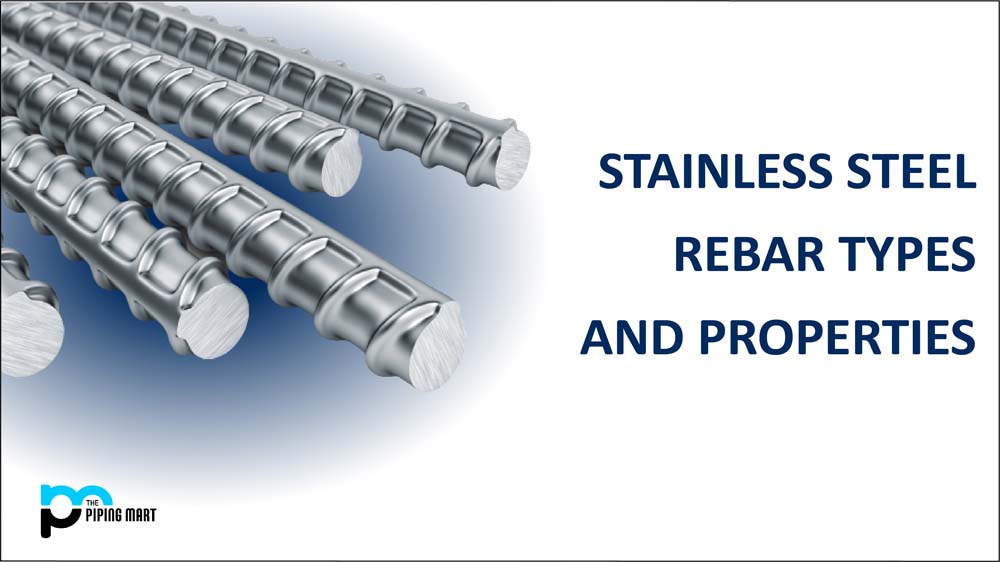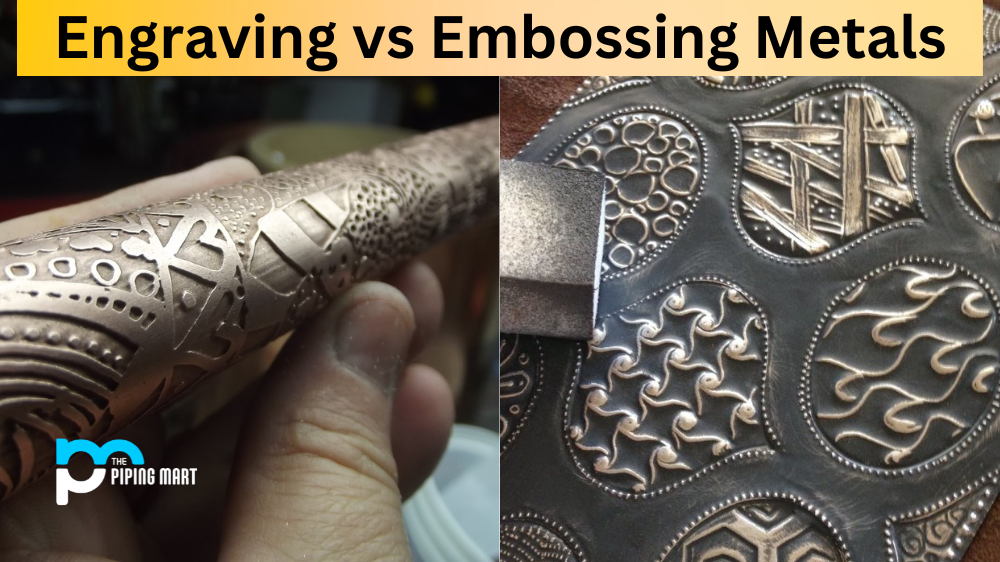The building sector is increasingly using stainless steel materials. In any case, why not? Stainless steel is the most economical and highly corrosion-resistant steel reinforcing solution in most services. When structural steel reinforcement is used to build a structure, there is a significantly lower need for maintenance over the project’s lifespan. Because of this, even though stainless steel rebars initially seem pricey, they are far more economical in the long run.
However, what are stainless steel rebars, and how they can be useful? Rebars made of stainless steel have a low carbon steel content. Steel is more tenacious and corrosion-resistant because it contains 8 to 12% nickel and at least 12% chromium.
Stainless Steel Rebars Types
- Martensitic Stainless Steel
- Ironic Stainless Steel
- Austenitic stainless steel
- Stainless Steel that is Duplex Austenitic
All stainless steels—Austenitic and Duplex—make reinforcement bars. Select a highly durable form of steel product.
Rebar made of austenitic stainless steel
Around 7% of austenitic steel is composed of nickel. Due to its outstanding malleability and weldability, as well as its high corrosion resistance, the alloy has these qualities. It also contains a considerable amount of chromium and 2% to 3% molybdenum. This increases its ability to resist corrosion in challenging environments, particularly when exposed to chlorides. The nitrogen concentration offers superior yield and tensile qualities. Austenitic steel is frequently used as reinforcing bars in industrial pipelines and construction projects because of its great flexibility, diamagnetic character, and wide temperature range. Depending on the number of materials it contains, it is classified differently.
Rebar made of Duplex Stainless Steel or Austenitic-Ferritic Stainless Steel
The subsea oil industry extensively uses duplex stainless steels, a superb combination of ferritic and austenitic steels stronger than both types. This is because of its exceptional resistance to corrosion, which enables it to withstand highly corrosive saline for extended periods. Rebar is the main product that this metal is used for. The combination of austenitic and ferritic stainless steel has provided a distinctive strength and durability for use in structure boards, obstruction, concrete structures, grounding processes and dovetail joints, chemical manufacturing facilities, coastline piers and wharves, structure railings, sidewalks, bridge pilings. Duplex stainless steel is less expensive because it contains less nickel than austenitic steel.
Stainless Steel Rebars: Characteristics
To assess how they stack up against other rebars, stainless steel reinforcement bars have been put to various tests. Due to various alloys that distinguish them from other weak and ineffective rebar options, they have risen to the top of the rankings.
-
The steel of Excessive Hardness
The chromium content of stainless steel is 10% higher than that of several other alloying elements. Chromium is the major element that increases the material’s tensile strength and hardness. Additionally present is nickel, which offers comparable advantages while preserving ductility and hardness. In terms of strength, duplex steel bars surpass austenitic steel bars.
-
Resistance to Corrosion
Due to the high chromium content of stainless steel rebars, corrosion is prevented with an oxide coating. Because of this characteristic, it can withstand the harmful effects of chloride, which is present in concrete, ocean water, and even road salt. Austenitic stainless steel offers the best corrosion resistance since it includes at least 16% chromium.
-
Ductility
Rebar made of stainless steel is more ductile because of the nickel content. Due to their high ductility and corrosion resistance, these shielding materials are perfect for use in industries such as railroads, freezing operations, and earthquake-prone areas.
-
Magnetic Reaction
Due to the high nickel concentration in stainless steel, the magnetic response of the bars is minimal. Normal carbon steel cannot be utilized in various applications due to its high magnetic permeability. Stainless steel armor comes to the rescue!
-
Resistance to fire
Stainless reinforcement bars perform better at higher temperatures than regular carbon steel bars. They are more fire resistant due to their high potency retention factor at higher temperatures (over 500°C).
-
Resistance to Cryogenics
A wider temperature range may be tolerated by stainless steel reinforcement bars. Austenitic steel can be employed in several applications since it maintains its strength and elastic modulus even at temperatures below zero.

Pipingmart is B2B portal specializes in industrial, metal and piping products. Also, share latest information and news related to products, materials and different types grades to help business dealing in this industry.




